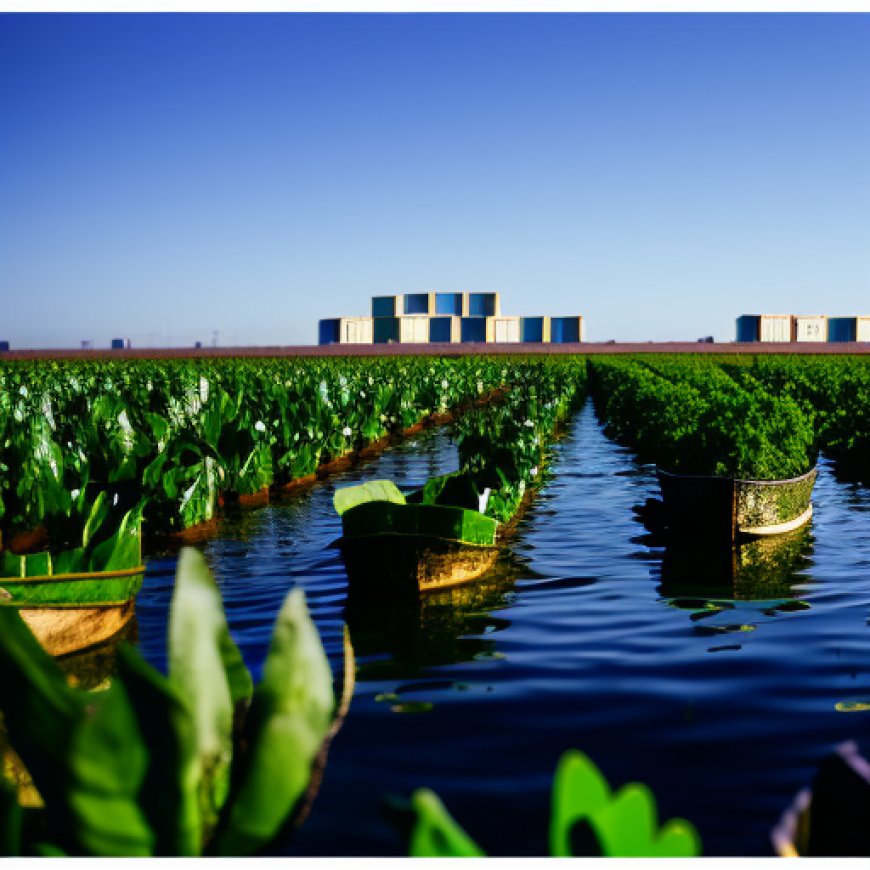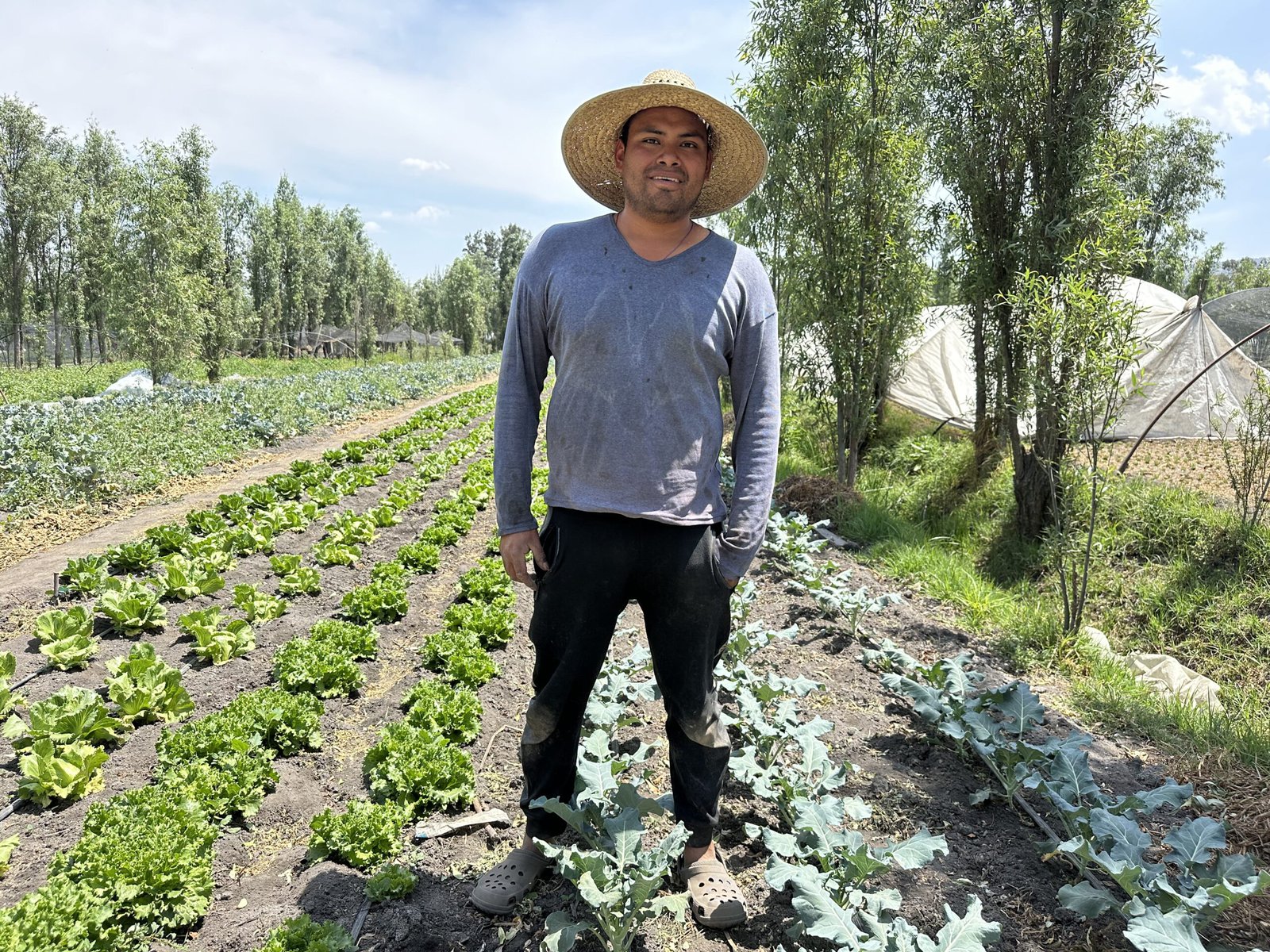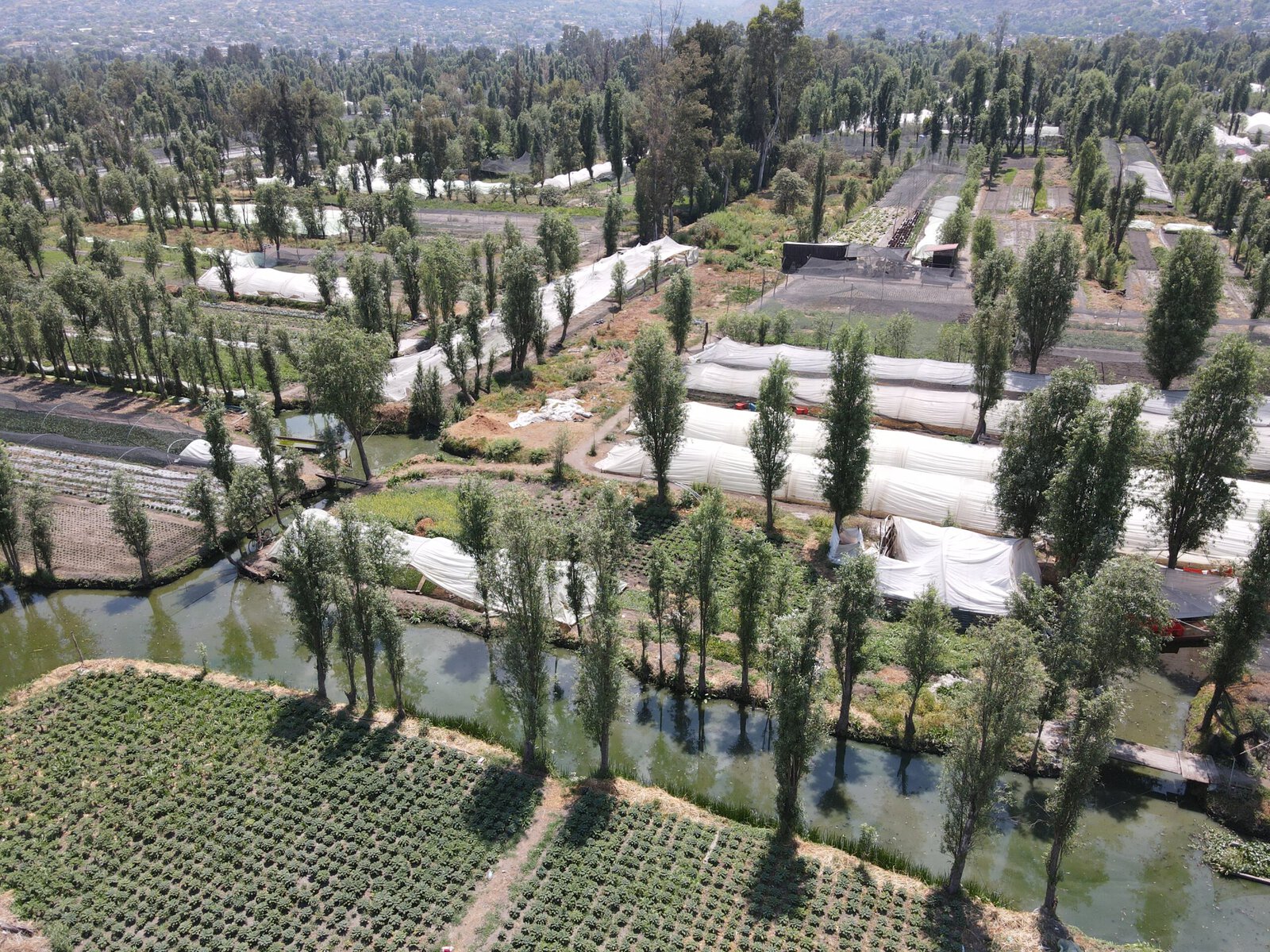Mexico’s Floating Gardens Are an Ancient Wonder of Sustainable Farming
Mexico's Floating Gardens Are an Ancient Wonder of Sustainable Farming Reasons to be Cheerful


Sustainable Development Goals and the Chinampas of Mexico City


Waterline is an ongoing series of stories exploring the intersection of water, climate and food, told through the eyes of the people impacted by these issues. It is funded by a grant from the Walton Family Foundation.
The Ancient Tradition of Chinampas in Mexico City
Standing amid rows of juicy, lime green lettuce and chunky florets of broccoli, Jose Paiz appears as if he could be the owner of a modern, high-tech farm. But the crops thriving here, in the suburbs of Mexico City, are part of a 1,000-year-old tradition.
“My ancestors were doing this before even the [Spanish] Conquistadors arrived in Mexico [in 1519],” says Paiz, while crouching down to pick up a handful of powdery soil from the chinampa, or “floating garden,” on which we are both standing.
These highly productive man-made island-farms, which can be found floating on lakes across the south of Mexico’s capital, date back to the time of the Aztecs or perhaps even earlier — and now proponents say that these ancient engineering wonders could provide an important, sustainable food source as the city faces historic drought.

“My grandparents taught me the methods,” adds Paiz, 32, who is the fifth generation of his family to be a chinampero working in San Gregorio Atlapulco, a traditional working-class neighborhood about 10 miles south of the center of Mexico City.
The Productivity and Sustainability of Chinampas
Experts say that these chinampas, which have been recognized as a UNESCO World Heritage site, are considered one of the most productive agricultural systems in the world. The artificial islands are built by gathering large amounts of soil from the bottom of the lake and placing it on top of reeds, grasses and rushes in a mass that rises above the water. Farmers then plant a fence of ahuejotes, Mexican willow trees, around the plot to naturally protect against erosion. This system means that the chinampa’s soil is constantly enriched by nutrient-filled sediment flowing in from the surrounding ditches and canals, yielding multiple harvests every year.
Join us, as fellow seekers of change, on a transformative journey at https://sdgtalks.ai/welcome, where you can become a member and actively contribute to shaping a brighter future.
 reasonstobecheerful.world
reasonstobecheerful.world








